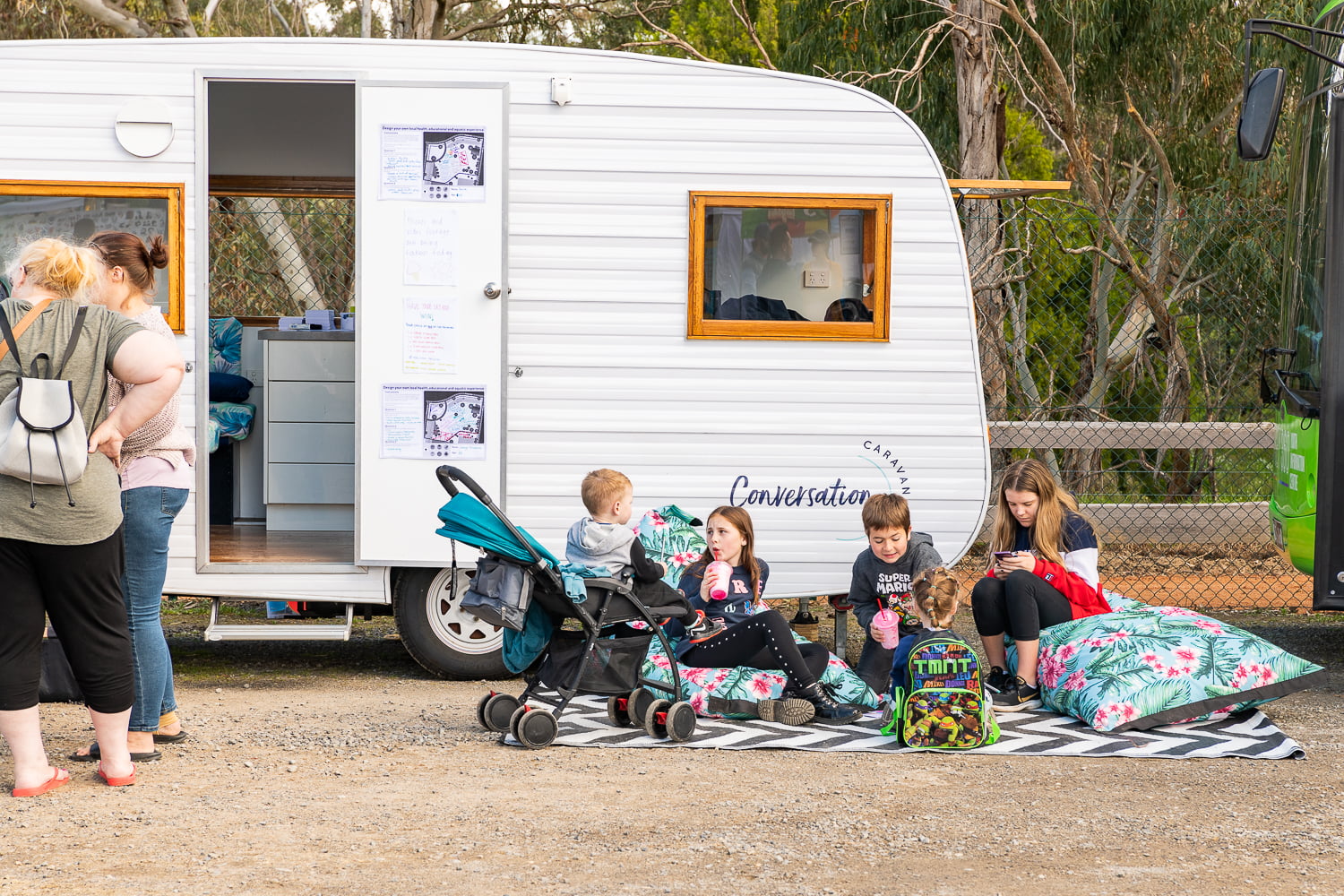Your project will have a variety of stakeholders – from external stakeholders like the relevant wider community, to internal stakeholders like staff across other departments. Different stakeholders have varying levels of interest and involvement in a project. A well-defined communications plan will help identify key stakeholders and develop tailored communications strategies for each group. Engaging stakeholders with relevant information keeps them informed, engaged and supportive of the project’s progress.
So how do you tailor up to your target audience/stakeholders?
Conduct a stakeholders analysis:
This is the first step to understanding your target audience. Consider factors such as their demographics, roles, interests, knowledge level, communications preferences, and challenges they might face. This will form the basis of your communications plan and drive your communications strategies to ensure the most effective outcomes for your project.
Segmentation:
If your audience is diverse, consider segmenting them into smaller groups based on shared characteristics (e.g. location, age). While this might not be relevant to all projects, this allows you to create more targeted and relevant communications strategies for each segment. For example, if your project focuses on multiple geographical areas, you might want to consider segmenting your audience according to their locations. Tone, language, characteristics of each local area, as well as interest in the project may vary from region to region due to socio-economic and political factors.
Message customisation:
- Language and tone: Use language and a tone that resonates with your target audience. Tailor your language to match their level of expertise without being condescending or overly technical.
- Relevance: Address your target audience’s specific needs, concerns, and interests. Highlight how the information you’re sharing directly benefits them or addresses their challenges, and what their call-to-actions are.
Communication channels:
- Preferred channels: Use the communication channels your target audience prefers. If they are active on social media, consider using platforms they engage with. If they prefer email, send updates directly to their inbox.
- Accessibility: Choose channels that are accessible to your target audience. For example, if your stakeholders include people with disabilities, ensure that your communications materials are accessible in terms of content and format.
Frequency and timing:
- Regular updates: Provide frequent updates for stakeholders who want/need to stay informed about the project – progress and outcomes.
- As-needed communication: For stakeholders who prefer minimal communication, offer information on an as-needed basis, focusing on important updates.
- Getting information earlier than others: Certain stakeholders may get information before the general community. Determine who on your stakeholders list will need to get information in advance to assist with the success of your project. For example, internal stakeholders like Council members are sent project information before the general community to assist with promotion and buy-in of the engagement program.
Cultural sensitivity:
Understand the cultural context of your stakeholders. If your target audience includes individuals from different cultural backgrounds, consider cultural norms, values, and sensitivities that might influence how your messages are received.
Accessibility and inclusivity:
- Formats: Provide communications materials in accessible formats for individuals with disabilities. For example, providing alternative text for images or captioning for videos.
- Language: If your target audience includes non-native speakers, ensure your content is easily understandable and consider providing translations if necessary.
Pilot testing:
Before fully implementing your tailored communications strategies, pilot test them with a small group from your target audience to gather feedback and make refinements.
Remember that effective communication is an ongoing process. Regularly gather feedback, evaluate the effectiveness of your strategies, and be willing to adjust your approach based on the changing needs and preferences of your target audience and stakeholders.


